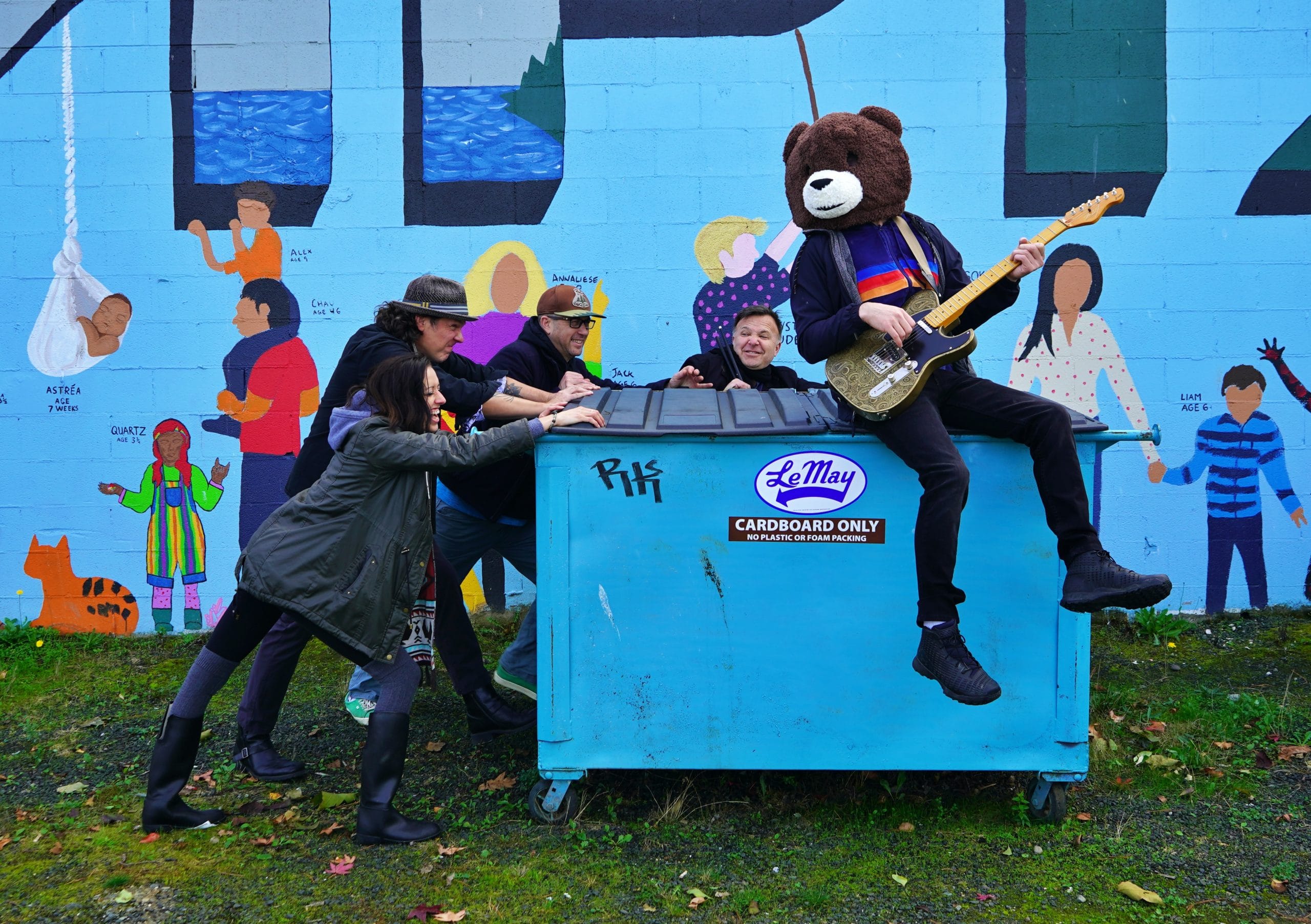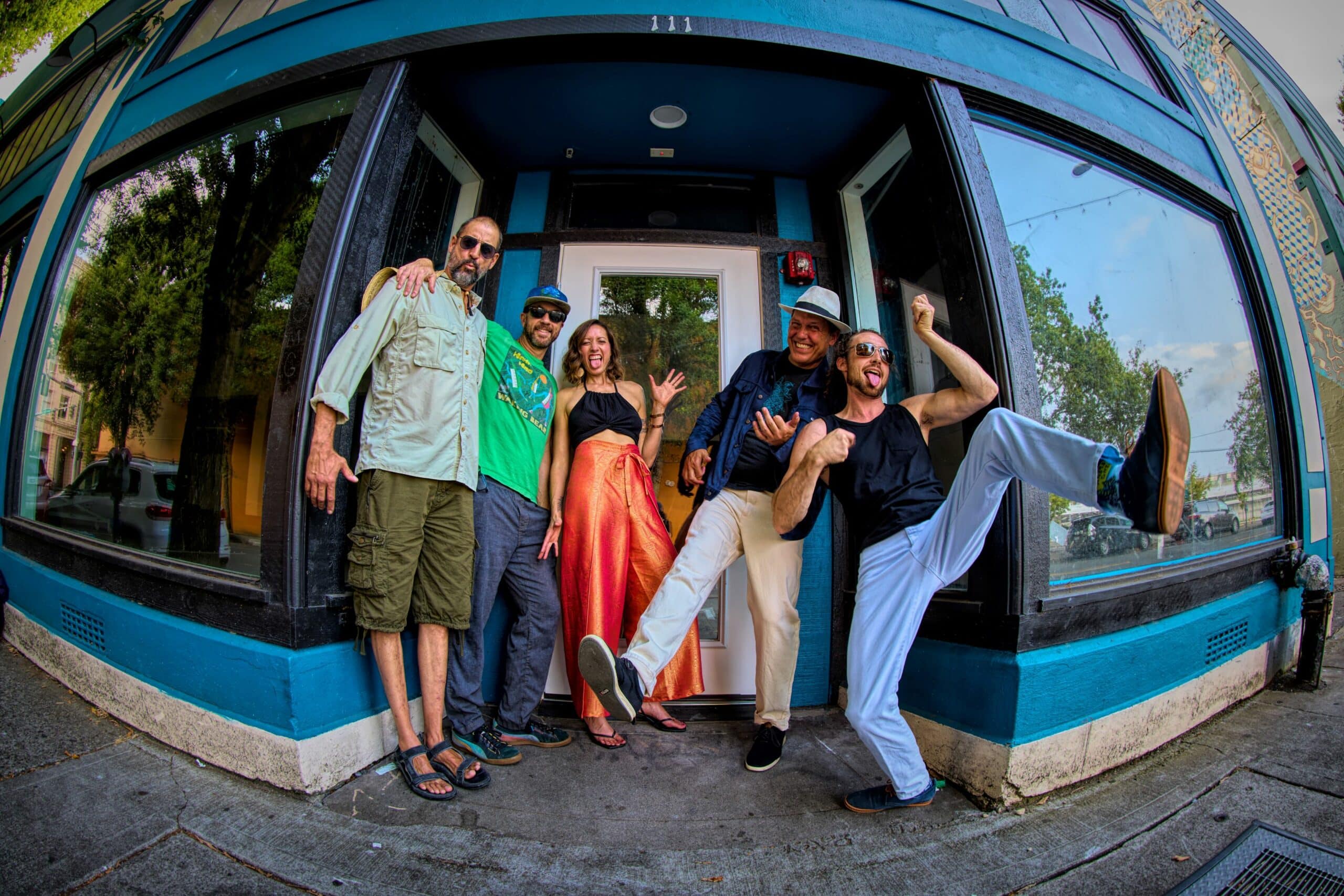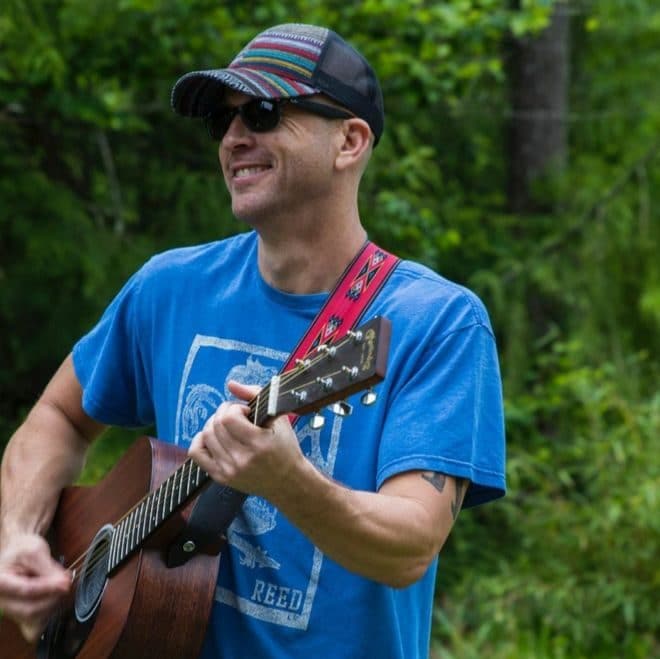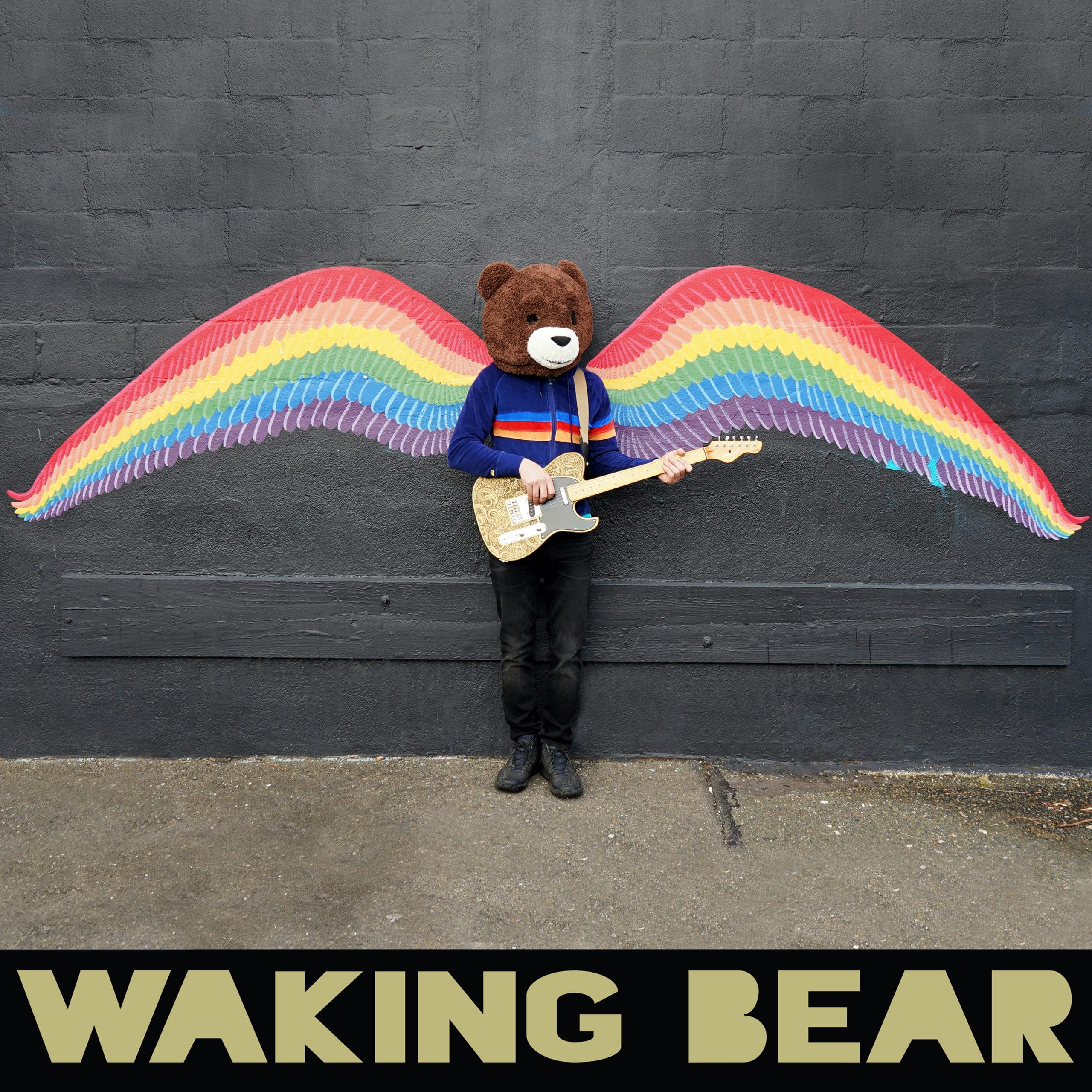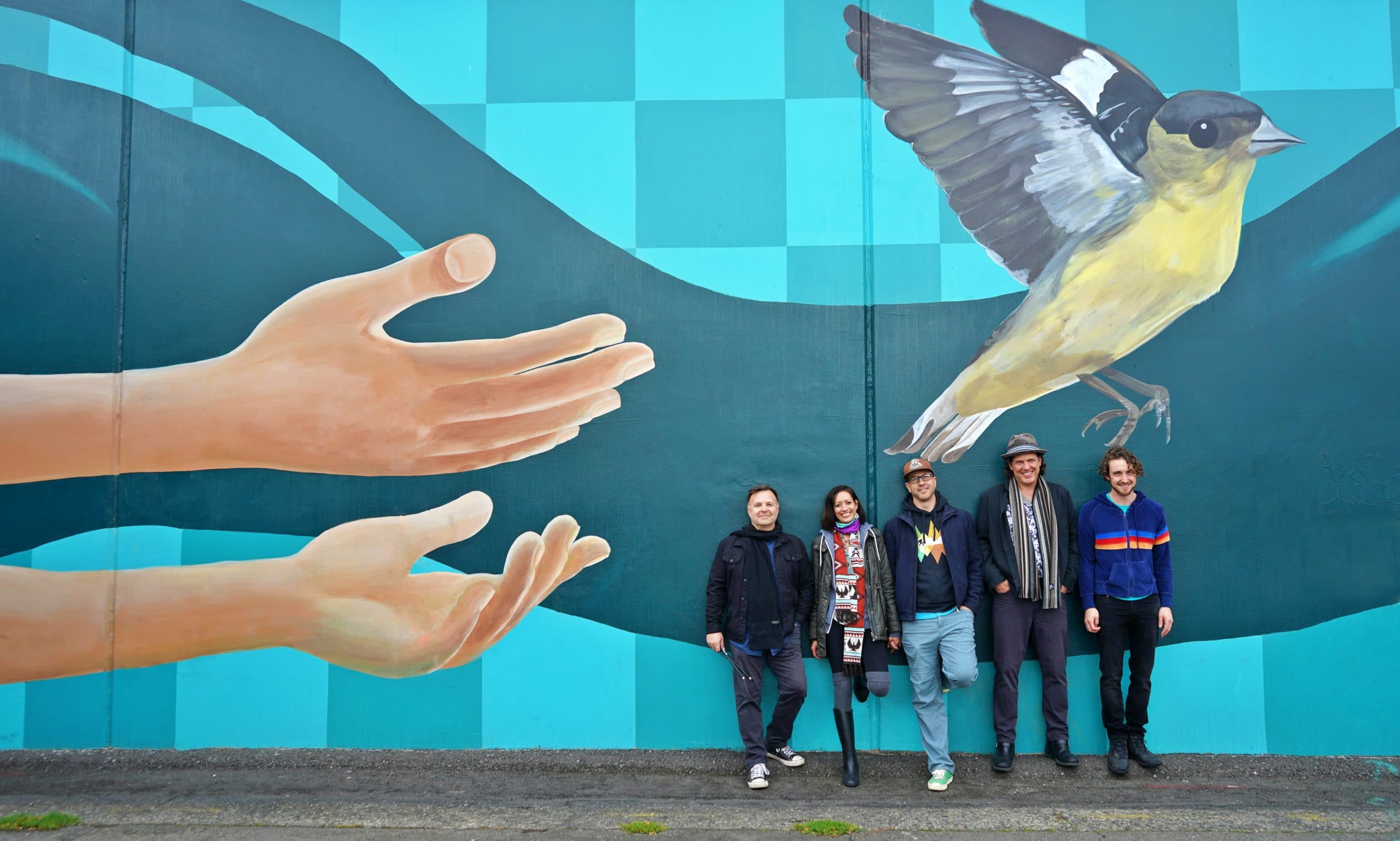We have covered some of the strange mermaid sightings from around the world. We have speculated on mermaid diets and possible biological origins. All of this is pointing us in one direction: a guide on how to find mermaids ourselves.
With a little planning and the right tools, finding and documenting mermaids is not impossible. While many have tried and failed, the search for mermaids continues.
Abandoning Your Preconceived Notions
One of the first things any mermaid seeker needs to remember is to let go of any preconceived notions they might have.
It’s easy to get your heart set on seeing a mermaid as depicted in paintings, children’s cartoons, and fairytale illustrations. Pop culture has solidified the idea of a mermaid into a definite image of a beautiful man or woman with a fin instead of legs. These creatures are typically conversant in human language and have human-like societies under the water.
While this isn’t totally impossible, it certainly isn’t likely. Those visions of mermaids are based much more on the mythology and fantasy elements of the mermaid story, not so much on the real life sightings that have been reported.
We do not have a single, universally accepted image of a really existing mermaid. Reported sightings range from very human to only somewhat humanoid. Some have fish tails for legs, others have webbed feet. Some are beautiful and playful, others are ugly and aggressive. There are almost as many different kinds of mermaids as there are reported sightings.
That will make things difficult, especially if we hold on to the idea of mermaids that we carry around in our heads. In truth, when we go looking for mermaids, we have to broaden our idea of what we might encounter.
If you can keep an open mind, however, you will be much more likely to find what you’re looking for.
Where to Look
The first steps in the search for any cryptid is narrowing down where you are going to look. I don’t know when you last looked at a globe, but the ocean is a big place. It is much, much too big to take a general look around.
Luckily, if you do your research, you can limit the amount of places to look and make sure that you spend your time and resources wisely.
If we assume that mermaids are aquatic mammals, then we can start with narrowing down to the places that fellow species frequent. It turns out that aquatic animals have the highest density around 40° latitude north and south. Those bands are the best places to look for a new aquatic mammal species.
It’s easy to see why: these are the areas that have the highest levels of primary production. Primary production is based on creatures called autotrophs. They can create organic compounds out of sunlight and carbon dioxide. These autotrophs, like algae and phytoplankton, form the basis of the food chain for water ecosystems.
Many aquatic mammals have habitats that overlap, so one would assume that mermaids would be similar. If there are high levels of dolphins, sea lions, or seals, maybe mermaids are close by.
There is still more good news if we continue narrowing down locations based on other aquatic mammals — because they usually live near shore.
Large mammals like whales, of course, migrate extreme distances through the ocean, and many species are simply too big to get very close to the shore. Smaller mammals, on the other hand, often love to sunbathe on rocks and beaches, a la sea lions, or play near human gatherings, a la dolphins.
These considerations should give us some hope. But we have a couple more strategies to use.
It’s also a good idea to note on a map all the places that mermaids have actually been reported. Anywhere that a reported sighting overlaps with an area other aquatic mammals live is a solid bet.
The last concern, but certainly not least, is feasibility. Can you afford to travel to the area and stay for a reasonable amount of time? Can you carry out a search in the location safely?
If you can find a place that has a high likelihood of supporting aquatic mammals, has previous sightings, and is feasible, then you’ve got a great candidate to go in search for the mermaids!
Equipment & Training
But as we know, it isn’t enough to see a mermaid with your own eyes. You’ll want to document the creature as well. This means you will need some equipment.
The most important tool you need is a good camera. For mermaids, the major concern is shooting underwater.
Compact cameras can be a good way to go. They are generally easy to use with plenty of underwater models to choose from. While you won’t be shooting any Oscar winners on these, they should work well for capturing a mermaid.
A GoPro HERO7 will set you back about $500. Meanwhile, the 4K Olympus TG-6 will cost about $750. This is an investment, but those prices are realistic for many mermaid seekers.
Some readers will wonder if they should look into SCUBA gear for their journey. The truth is, SCUBA diving is not without significant risks, and it requires training and major financial investment. In other words, if you aren’t already SCUBA qualified, you’ll probably want to avoid this.
Looking for mermaids does mean working in the ocean, and that always comes with certain risks. It is therefore a high priority to work with partners and have everyone trained in ocean swimming safety. While getting footage of a real life mermaid would be the achievement of a lifetime, it isn’t worth anyone’s life.
With the right location, good equipment, and the training to carry out your search safely, you’ll be well suited to find a mermaid. That being said, enjoy the beach and ocean spray while you’re there. It might be the best part of your trip.
[mysocial]


